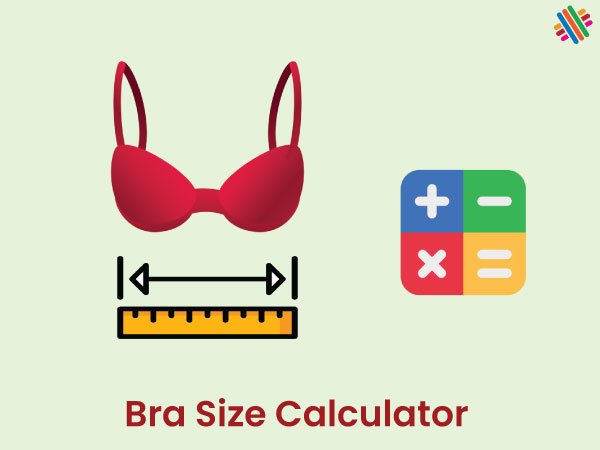What is Hosiery | Yarns used for Hosiery
Last updated on July 16th, 2023 at 12:16 am
Definition of Hosiery
Before the sixteenth century, the Angelo Saxon word “hosa” designated a woven cloth garment that covered the lower portion of the body as well as the legs. As knitting was popularized and practiced to a great extent throughout England and Scotland, it soon became customary to knit the leg coverings separately by hand. In the course of time, these garments became known as stockings – and then socks, and now sometimes sox – derived from the Angelo-Saxon word “stocks” meaning enclosure restraint. Hosiery has become the general term for the various kinds of knitted foot and leg coverings.
Knitting of these garments was originally done by hand. Machine knitting, developed by Rev. William Lee in 1589, ultimately became the universal method of producing hosiery.
Yarns used for Hosiery
Wool was originally used for hand-knit stockings. Lee eventually refined his knitting machine to produce silk stockings. Today the yarns are made from a wide variety of fibres available. The selection of hosiery yarn depends upon the purpose for which it is to be used. Different types of hosiery are available for sportswear and dresswear for adults and children. The yarns may be made of spun staple or filament, and they may be stretched or textured. The properties of the fibres and the yarns will contribute particular characteristics to the hosiery, as noted in some typical fibres used.
Cotton
Cotton is suitable for hosiery because it is soft, absorbent, and dries quickly. The durability of cotton hosiery is enhanced when it is made of lisle and mercerized yarns.
Wool
Wool is desirable for some hosiery because of its warmth. The high absorbency of wool is another good feature.
Rayon
Although most types of rayon are not durable enough for hosiery, high-wet modulus Avril Prima Rayon which has permanent crimp is being used for socks. It is cheaper than cotton and competitively durable. Its spun like hand provides bulk, and it gives the fabric good dimensional stability.
Acrylic
Acrylic provides warmth and softness and has greater abrasion resistance than wool. Although it is not as absorbent as wool, it can be spun into yarn, bulked and finished to provide fairly good wicking action. It also provides greater ease of laundering than wool.
Nylon
Nylon may be made into spun or fine filament yarn. The spun yarn is extremely abrasion-resistant, though not too absorbent. The filament yarn is strong and very elastic. It can be made in stretch and textured types.
Spandex
Spandex yarns, both covered and uncovered, are practically well suited for support hosiery for men and women, including women’s sheer dress-wear.
You may like also: Why Women’s Underwear Bears a Pocket





Your articles are extremely helpful to me. Please provide more information!